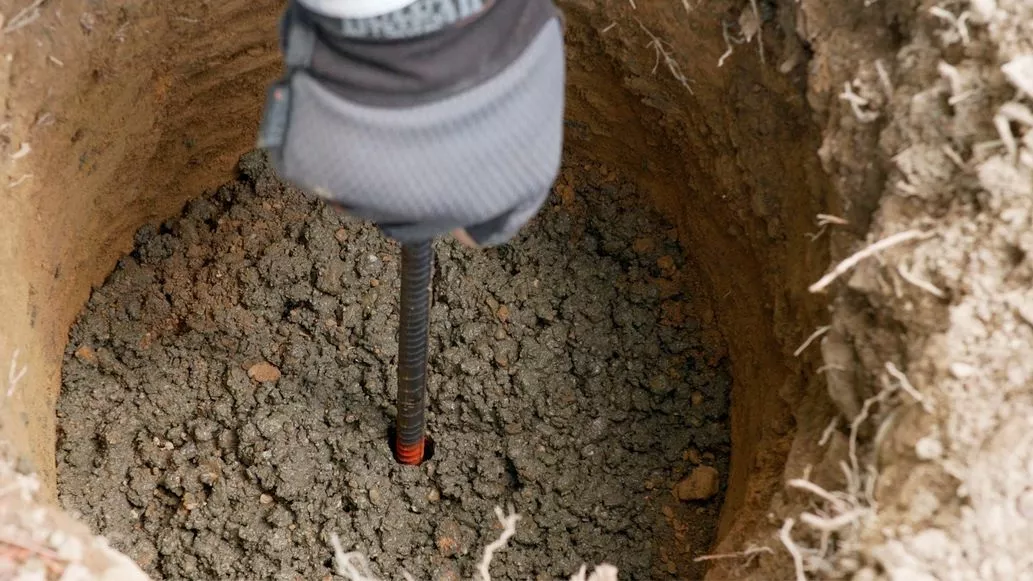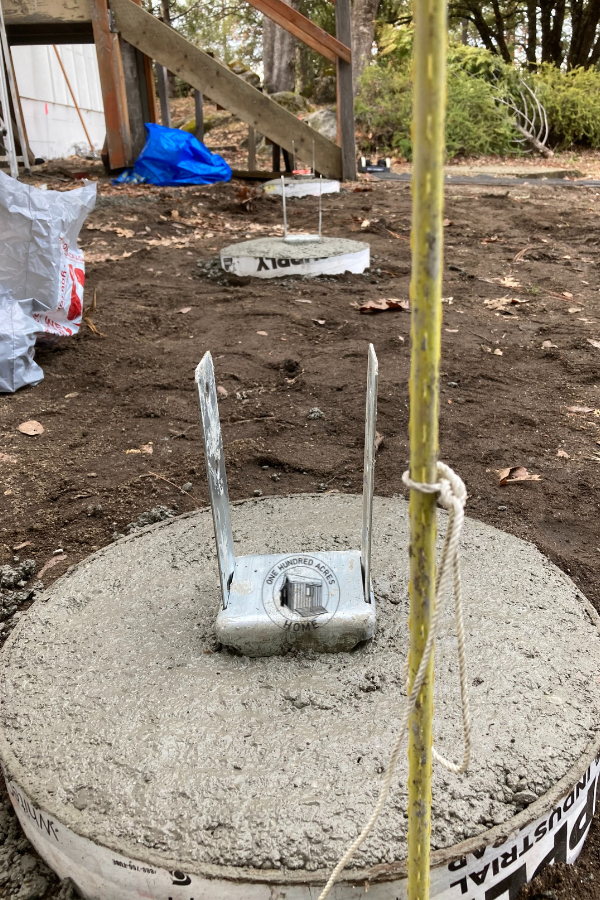Expert Tips for Installing Deck Footings to Support Your Outdoor Space
When it comes to constructing a deck, one of the most critical components to think about is the installation of proper grounds. These grounds are the structure upon which your outside area will rest, providing stability and assistance for years to come. What specifically does it take to mount deck grounds appropriately?
Significance of Proper Deck Footings
Correct deck footings are essential for making sure the security and long life of your outdoor area. When building a deck, it is critical to focus on the structure on which it will certainly relax. Deck grounds supply the essential support for the whole framework and assistance distribute the weight uniformly - Deck Footings. Without solid and appropriately set up footings, your deck might become unsteady, leading to safety and security hazards and pricey fixings.

Along with security, appropriate deck grounds additionally add to the long life of your outdoor space (Deck Footings). Footings that are created and constructed to stand up to the components and dirt conditions in your area will help avoid the deck from moving or resolving in time. By making sure the footings are effectively sized and set up, you can minimize the threat of damage to the deck structure, expanding its life expectancy and decreasing the demand for pricey repair work or substitutes

Choosing the Right Sort Of Footings
When choosing the suitable type of grounds for your deck, it is necessary to take into consideration factors such as soil problems, neighborhood structure codes, and the total layout of your exterior room. The kind of footing you choose will play a crucial function in making certain the stability and long life of your deck.
One common kind of footing is the concrete ground. Concrete footings are suitable for most dirt problems and supply excellent assistance for decks. They are generally set up listed below the frost line to avoid moving and resolving due to cold and thawing cycles. Another choice is helical piers, which are excellent for areas with unsteady dirt or high water tables. These piers are screwed right into the ground and offer strong support for the deck.
In many cases, you might require to use specific grounds, such as pile footings or deep foundations, if you are developing a huge or multi-level deck. These grounds are made to disperse the weight of the deck over a larger area, ensuring security and preventing sinking or resolving.
Prior to choosing a kind of ground, it is vital to speak with local structure codes and guidelines to make sure compliance. Additionally, take into consideration the style and meant use of your exterior area. Elements such as the size, form, and load-bearing requirements of your deck will certainly affect the kind of footing that is most suitable.
Preparing the Ground for Footing Installment
To properly prepare the ground for footing installation, it is vital to evaluate the dirt problems and take necessary actions to make sure security and toughness of the deck. The initial step is to excavate the area where the grounds will be installed.
Once the location has actually been excavated, the next step is to small the soil. This can be done making use of a plate compactor or by utilizing a hand tamper. Condensing the soil helps to get rid of any spaces or air pockets, which can lead to settling and instability over time.
After condensing the soil, it is vital to lay a layer of gravel or crushed stone at the base of the excavation. This will certainly give drainage and help to stop water from merging around the grounds, which why not try here can lead to erosion and instability.
Step-by-Step Guide to Setting Up Deck Footings
After appropriately preparing the ground for footing installment, the following action is to begin the process of installing deck footings. This detailed overview will certainly give you with a clear understanding of exactly how to mount deck grounds for your outdoor area.
Determine the area: Begin by noting the positions of the deck grounds using risks and string. Ensure that the click here for more info areas align with the style and layout of your deck.
Dig the openings: Utilize an article opening digger or an auger to dig the holes for the footings. The depth and diameter of the openings should be in accordance with local building codes and the certain needs of your deck layout.
Degree the openings: Make use of a level to ensure that the holes are dug to the appropriate depth and are level with each various other. (Deck Footings)
Include gravel: Location a layer of crushed rock at the bottom of each opening to boost drain and stop the timber from rotting.
Place the footings: Place the footings into the openings, ensuring they are level and plumb. Make use of a level and a measuring tape to guarantee precision.
Safeguard the footings: Pour concrete right into the holes around the grounds, loading them to the top. Use a post degree to guarantee the grounds continue to be level as the concrete sets.
Permit time for treating: Let the concrete treatment according to the maker's directions prior to continuing with the deck building.
Common Blunders to Prevent During Footing Installment
One crucial aspect to consider throughout the installment of deck footings is avoiding usual errors that can compromise the stability and long life of your outside area. While deck grounds may seem like a simple and straightforward component of the building and construction procedure, forgeting particular variables can bring about pricey fixings and prospective security dangers down the line.

In addition, ignoring to mount appropriate water drainage actions can cause water to accumulate around the footings, causing rot, degeneration, and the eventual weakening of the deck's foundation. Utilizing the incorrect kind of footing material or falling short to effectively safeguard the grounds can compromise their architectural integrity.
To stay clear of these blunders, it is important to talk to a professional or follow sector guidelines to ensure correct footing installment. By doing so, you can guarantee the stability and durability of your outdoor space, supplying a risk-free and delightful atmosphere for several years to find.
Verdict
In conclusion, mounting correct deck footings is critical for the stability and durability of your exterior room. By picking the right sort of grounds and sufficiently preparing the ground, you can guarantee a solid foundation for your deck. Adhering to a step-by-step overview and preventing usual errors throughout footing installation will better enhance the resilience and security of your deck.
Appropriate deck footings are important for making certain the stability and durability of your exterior area. The footings serve as a connection in between the deck and the ground, permitting the weight of the deck and its owners to be spread uniformly into the dirt.One usual kind of footing is the concrete footing. Place the grounds: Put the footings right into the openings, making certain they are level and plumb. Protect the footings: Put concrete right into the holes around the grounds, loading them to the top.